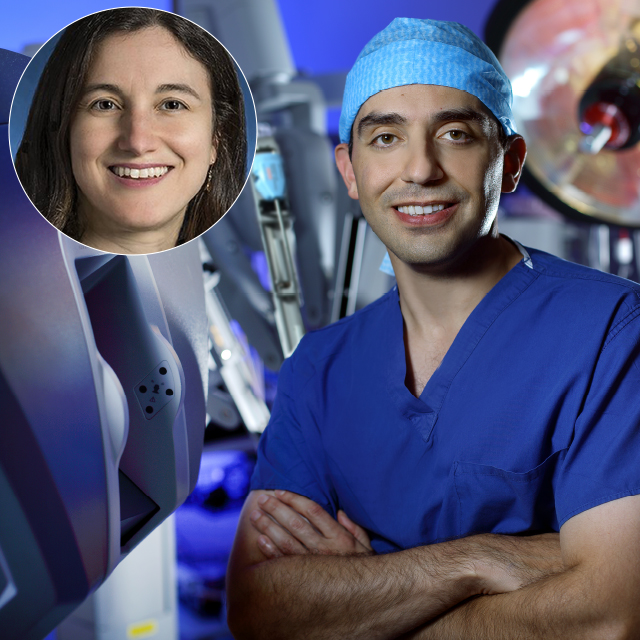As first-year medical students, Ramy El-Diwany, M.D., Ph.D. ’17; Thomas Heflin ’13; and Eugene Shenderov ’13, Ph.D., would walk to classes together through the neighborhoods around Johns Hopkins Hospital. “We were extremely troubled very early on by the zip code surrounding the world’s premier health care infrastructure having some of the worst health in the country,” El-Diwany says. “It was extremely disheartening.”
What was needed, they thought, was a free clinic of some kind — an access center and resource center.
Today the Charm City Care Connection carries its spirit in its name. Though the center’s purpose has shifted over its 12 years, it has always been about connection: connecting low-income and underserved people to the resources they need, connecting Johns Hopkins to the greater community, connecting to individuals so they feel welcome and respected.
From its first $3,000 grant and all-volunteer workforce, the center evolved into a community-run fixture with a staff of about 20 and a budget of $1.4 million. Around 700 to 1,000 use its harm reduction services, acquiring sterile needles and safe smoking kits to cut down on infections and diseases. In 2020, the center distributed more than 4,000 food kits and more than 6,000 doses of naloxone to prevent overdose deaths. Its case management services worked with more than 500 participants, a 150 percent increase from 2019, connecting community members to everything from emergency hotels to mental health services.
The center’s strength has been its ability to listen and change according to the needs of the community. After blanketing the area with flyers and getting about 50 people to join their first community meeting, student volunteers found that what was needed wasn’t a clinic, but a place to connect people to existing resources.
“They couldn’t get access to health care because didn’t they didn’t have the financial means or the literacy — whether financial literacy or other literacy — to access things like a birth certificate. They couldn’t get a Social Security number, so they couldn’t get plugged into health services even if they wanted to,” recalls Shenderov.
When the Affordable Care Act passed, Charm City pivoted to helping people sign up for insurance. El-Diwany estimates that half of every School of Medicine class between 2009 and 2013 volunteered to sign people up for insurance and health screenings. With the success of the ACA, the center switched in 2018 to harm prevention, addressing a population that was still having poor outcomes despite better health care availability, says Executive Director Natanya Robinowitz.
“One of the things I really respect about the founders and the board was that it was always about what people wanted and where the gaps were,” she says. “If you can root yourself in values of respect and dignity in the folks we work with and the mission — which is connecting people who don’t have access to care — you’re able to be responsive to community needs. That’s what’s really brilliant about how they started and what they held onto.”
Heflin, who brought his previous experience working as an administrator in a free, student-run clinic in Sacramento, California, to the table as a co-founder, called it “incredible” to think that the clinic is still going strong 12 years later. “It’s exceeded my wildest expectations.”
He and other co-founders say the experience launching Charm City also shaped their futures. “I ultimately chose to become an emergency physician because that field would continue to allow me to care for the underserved, regardless of insurance status,” Heflin says.
For El-Diwany, currently a general surgery resident at Hopkins, the experience brought home how people are affected by issues that never show up in a history or physical exam. “There are people who are dealing with not knowing where they’re going to sleep tonight, not knowing if their son is still alive. These problems shape people’s ability to participate in their care and it’s absolutely something we need to be thinking and talking about when we meet people.”


